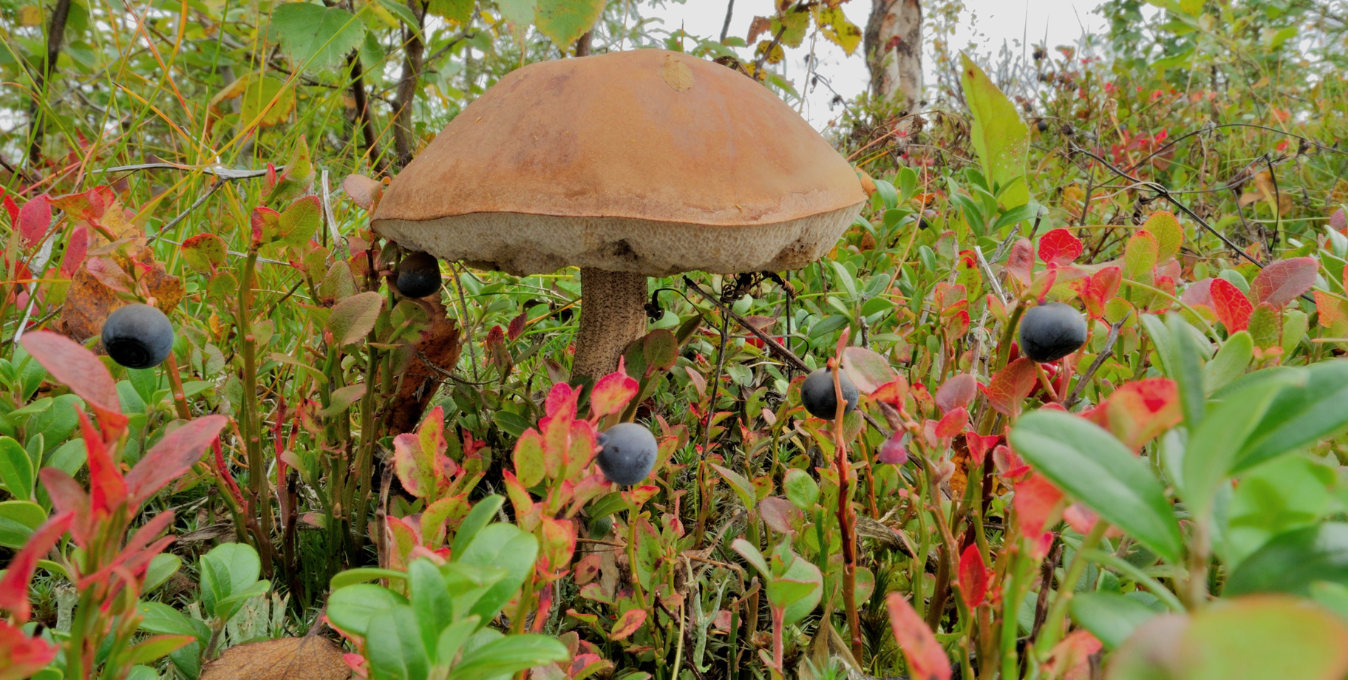
Harnessing the Power of Microbes with Biosurfactants
Microorganisms are the unsung heroes of the natural world, performing a wide range of functions that impact everything from environmental balance to industrial processes. As we discuss the diversity of microorganisms and their contributions, we’d like to shine a spotlight on a groundbreaking innovation – biosurfactants – and the remarkable ways they are transforming industries while promoting sustainability.
Microorganisms: Nature’s Tiny Powerhouses
mīkrōˈôrɡəˌniz(ə)mnounplural noun: microorganisms: an organism (such as a bacterium or protozoan) of microscopic or ultramicroscopic size
Biosurfactants: Revolutionizing Industries
Biosurfactants are a class of naturally occurring molecules produced by microorganisms. These molecules have a unique structure that enables them to lower surface tension and increase the spread of liquids. This property makes them invaluable in a variety of industrial applications, ranging from cleaning products to agriculture.
- Environmentally Friendly Cleaning: Biosurfactants are at the forefront of the green cleaning revolution. Traditional cleaning products often contain synthetic surfactants that can be harmful to the environment. Biosurfactants, on the other hand, are biodegradable and non-toxic, making them a sustainable alternative for cleaning agents used in households and industries.
- Personal Care and Cosmetics: Biosurfactants are making waves in the personal care industry by serving as gentle yet effective alternatives to synthetic surfactants. They are used in shampoos, body washes and skincare products, providing natural foaming and emulsifying properties without causing harm to the environment or skin.
- Enhancing Oil Recovery: In the oil and gas industry, biosurfactants are employed to improve oil recovery from reservoirs. By reducing the surface tension between oil and water, biosurfactants help release trapped oil, enhancing production while reducing the need for more invasive extraction methods.
- Agriculture and Crop Protection: Biosurfactants have found their way into agriculture as well. They can be used as adjuvants in pesticide formulations, improving the effectiveness of crop protection products. Additionally, their ability to improve soil structure and water retention makes them valuable for sustainable farming practices.
Promoting Sustainability and Biodiversity
One of the most exciting aspects of biosurfactants is their potential to support sustainability and biodiversity. By harnessing the power of microorganisms, we can reduce our dependence on non-renewable resources and minimize the ecological impact of various industries. Additionally, the study and utilization of microorganisms for biosurfactant production contribute to a deeper understanding of the intricate relationships within ecosystems, emphasizing the importance of preserving biodiversity.
Microorganisms Creating a Greener Tomorrow
From environmental balance to industrial innovation, these tiny powerhouses shape our lives in ways we often overlook. The rise of biosurfactants as a sustainable and versatile solution highlights the potential of microorganisms to drive positive change across various sectors. As we move forward, let’s continue to explore the untapped potential of microorganisms and biosurfactants, unlocking new possibilities for a greener and more sustainable future.



